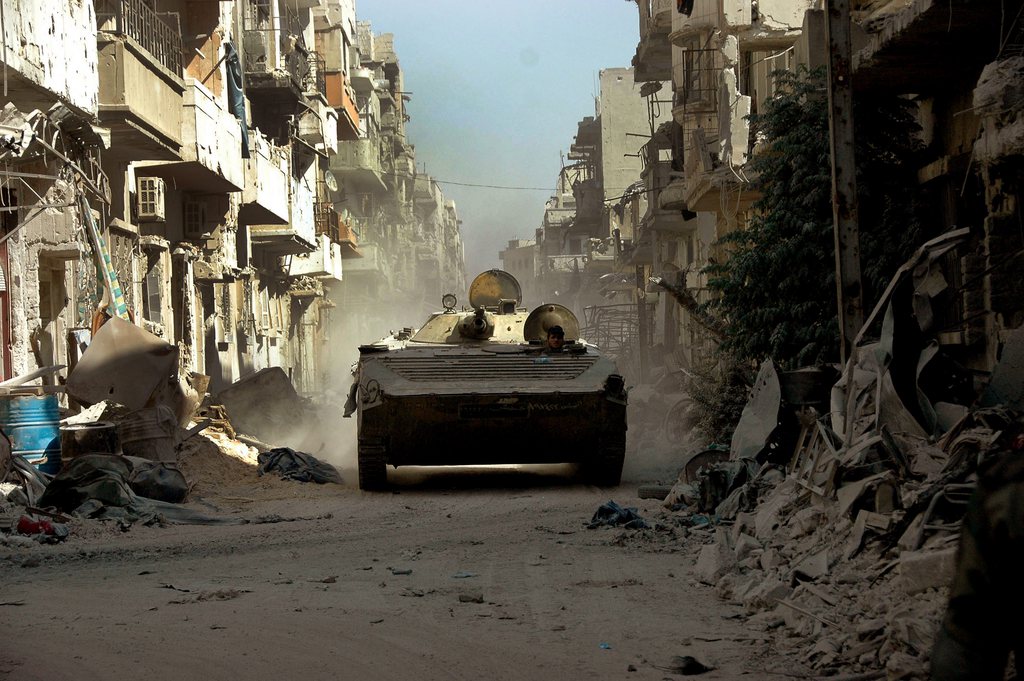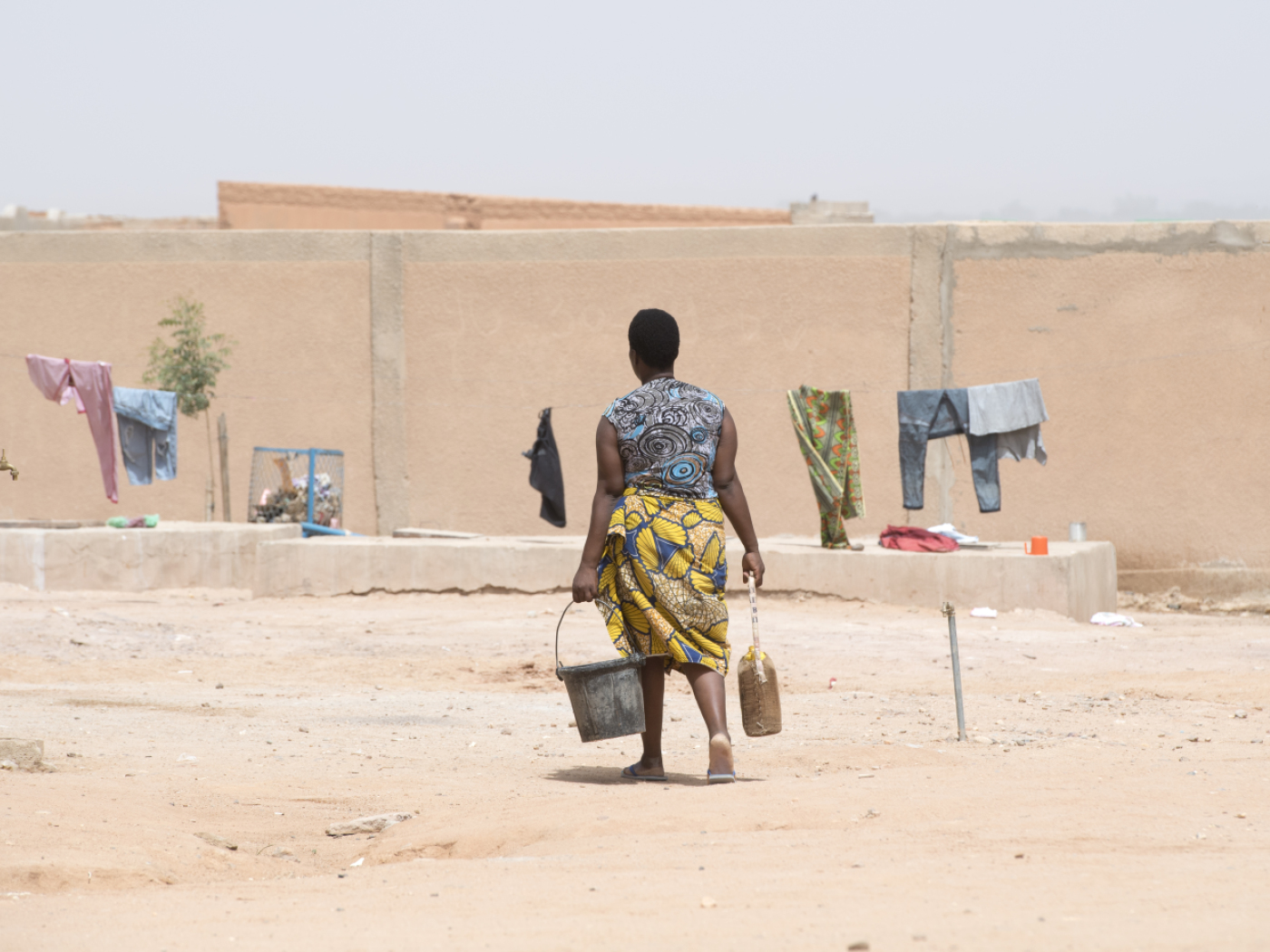War report seeks clarity over legal rules

Some 95,000 people, mostly civilians, died in 38 armed conflicts last year and hundreds of thousands were wounded, a new study by a Geneva-based think tank has found. But confusion over laws meant few of them led to any punishment for war crimes.
Syria saw the highest number of casualties with 55,000 people killed. The next highest casualty numbers were 9,000 in Mexico and 7,500 in Afghanistan, the War Report, the first comprehensive global analysis of armed conflicts under international law, revealed.
The annual report was launched on Tuesday by the Geneva Academy of International Humanitarian Law and Human Rights, a joint programme of the Graduate Institute and the University of Geneva.
The report found that a high proportion of casualties, almost 35,000, came from indiscriminate use of weapons in populated areas. More than 90% of these are thought to have been civilians.
The authors said there was little justice because of lack of agreement or confusion over what constitutes an armed conflict under international humanitarian law such as the Geneva Conventions. Only accused violators in conflicts classified as such can be prosecuted for war crimes.
Greater accountability
One of the declared aims of the new report is to bring greater accountability for criminal acts perpetrated through clearer criteria and classification of armed conflicts.
“It is not always clear when a situation is an armed conflict, and hence when war crimes can be punished,” said Andrew Clapham, Director of the Academy and Graduate Institute Professor in International Law.
Stuart Casey-Maslen, Head of Research at the Academy, agreed that the laws needed clarification: “Without a clearer legal basis for what constitutes an armed conflict under international law, accused perpetrators of war crimes will not be prosecuted.”
Only one international conflict involving two states took place during the year: Sudan and South Sudan. A second, between the United States and Pakistan, was not formally qualified as an international armed conflict in 2012, the authors declared.
Nine of the armed conflicts, the authors said, were ongoing military occupations: Azerbaijan, Cyprus, Eritrea, Georgia, Lebanon, Moldova, Palestine, Syria, and Western Sahara.
The majority – 27 armed conflicts in 24 states and territories – were “non-international” because they involved governments and armed groups.

In compliance with the JTI standards
More: SWI swissinfo.ch certified by the Journalism Trust Initiative













You can find an overview of ongoing debates with our journalists here . Please join us!
If you want to start a conversation about a topic raised in this article or want to report factual errors, email us at english@swissinfo.ch.